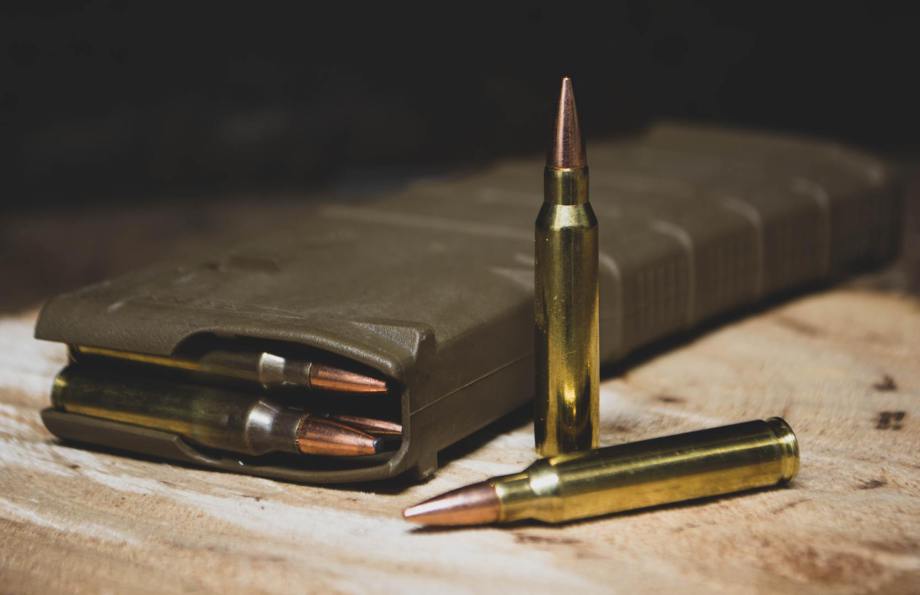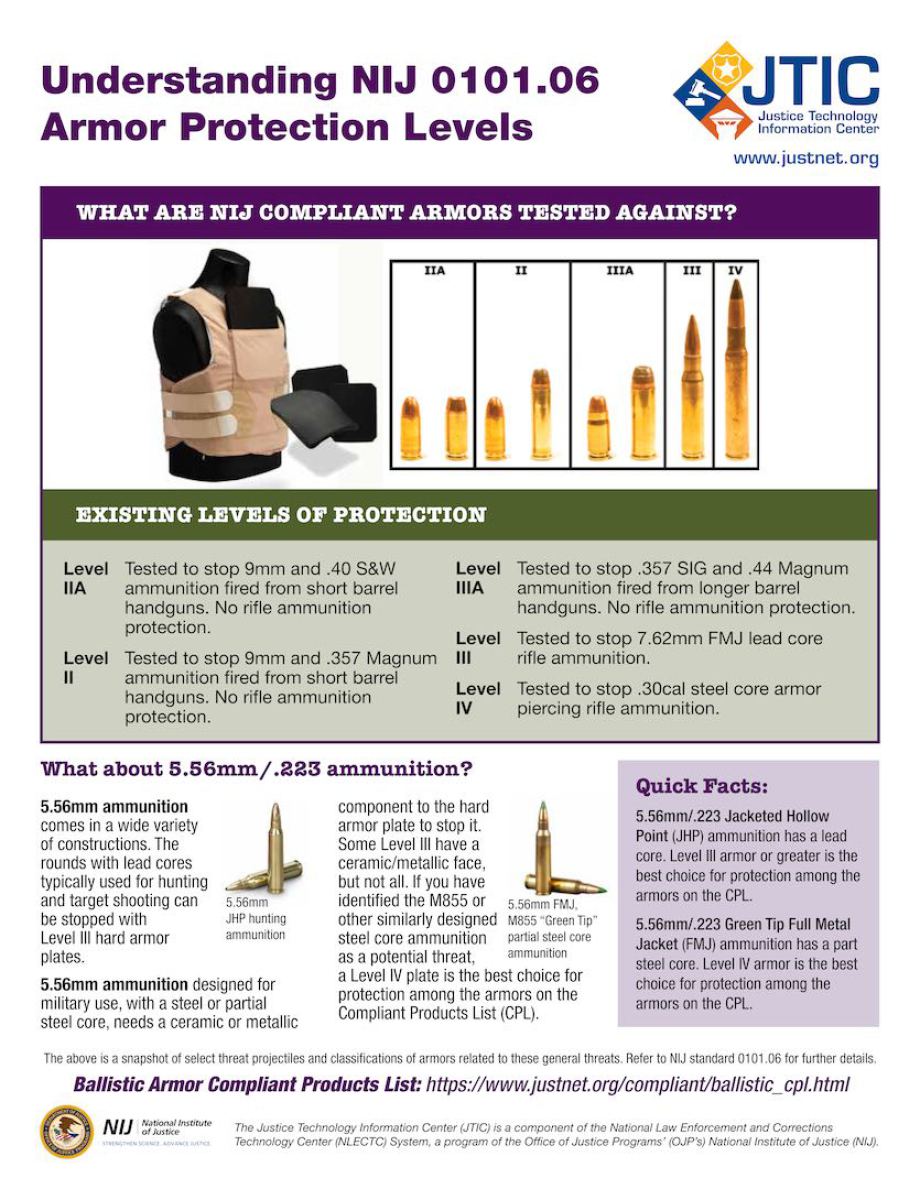This page describes what to do in an active shooter event. Remember during an active shooting to RUN. HIDE. FIGHT.
Be Informed
- Sign up for an active shooter training.
- If you see something, say something to the authorities right away.
- Sign up to receive local emergency alerts and register your contact information with any work-sponsored alert system.
- Be aware of your environment and any possible dangers.
Make a Plan
- Make a plan with your family and make sure everyone knows what to do if confronted with an active shooter.
- Wherever you go look for the two nearest exits, have an escape path in mind and identify places you could hide if necessary.
- Understand the plans for individuals with disabilities or other access and functional needs.
During
RUN and escape if possible.
- Getting away from the shooter or shooters is the top priority.
- Leave your belongings behind and get away.
- Help others escape, if possible, but evacuate regardless of whether others agree to follow.
- Warn and prevent individuals from entering an area where the active shooter may be.
- Call 9-1-1 when you are safe and describe the shooter, location and weapons.
HIDE if escape is not possible.
- Get out of the shooter’s view and stay very quiet.
- Silence all electronic devices and make sure they won’t vibrate.
- Lock and block doors, close blinds and turn off lights.
- Don’t hide in groups. Spread out along walls or hide separately to make it more difficult for the shooter.
- Try to communicate with police silently. Use text message or social media to tag your location or put a sign in a window.
- Stay in place until law enforcement gives you the all clear.
- Your hiding place should be out of the shooter's view and provide protection if shots are fired in your direction.
FIGHT as an absolute last resort.
- Commit to your actions and act as aggressively as possible against the shooter.
- Recruit others to ambush the shooter with makeshift weapons like chairs, fire extinguishers, scissors, books, etc.
- Be prepared to cause severe or lethal injury to the shooter.
- Throw items and improvise weapons to distract and disarm the shooter.
After
- Keep hands visible and empty.
- Know that law enforcement’s first task is to end the incident and they may have to pass injured along the way.
- Officers may be armed with rifles, shotguns or handguns and may use pepper spray or tear gas to control the situation.
- Officers will shout commands and may push individuals to the ground for their safety.
- Follow law enforcement instructions and evacuate in the direction they come from unless otherwise instructed.
- Take care of yourself first, and then you may be able to help the wounded before first responders arrive.
- If the injured are in immediate danger, help get them to safety.
- While you wait for first responders to arrive, provide first aid. Apply direct pressure to wounded areas and use tourniquets if you have been trained to do so.
- Turn wounded people onto their sides if they are unconscious and keep them warm.
School Safety www.SchoolSafety.gov
SchoolSafety.gov was created by the federal government to provide schools and districts with actionable recommendations to create a safe and supportive learning environment where students can thrive and grow.
Call us at 800 577-0145 to learn more about our innovative life-saving products and services.
Experience / Integrity / Innovation
Phantom Safety Solutions, LLC
PO Box 7082
Laconia , NH 03247
800 577-0145
Copyright 2020



